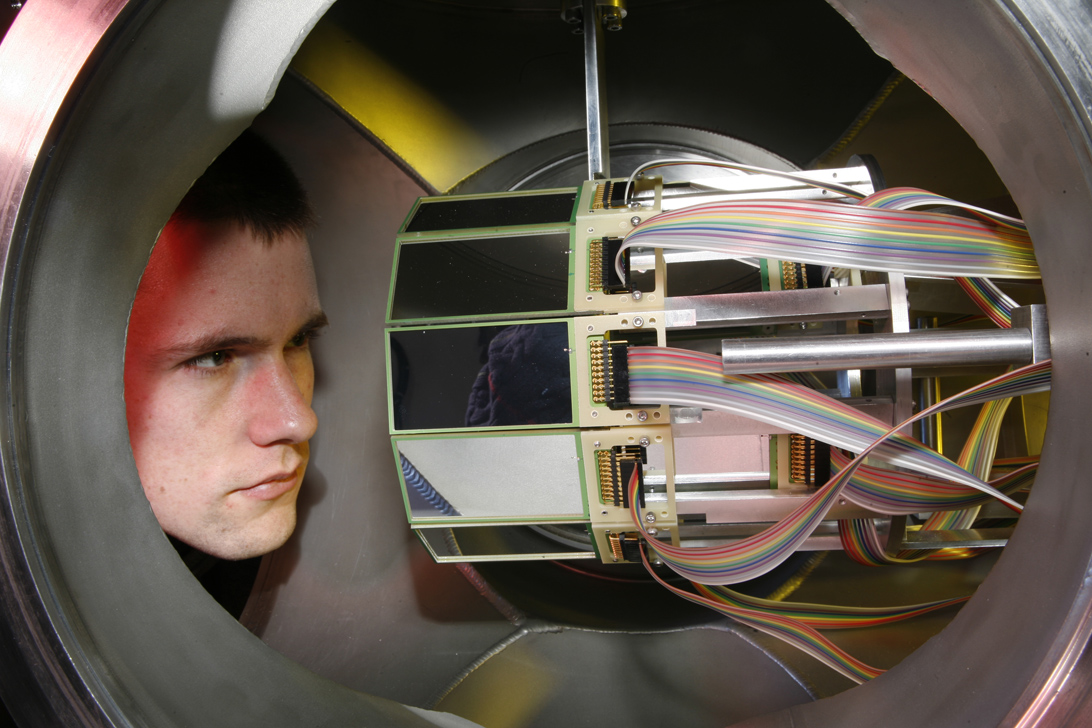
Dr Kyle Schmitt
PhD Thesis, University of Tennessee (December 2011)
Historically, measurements of differential cross sections for the neutron transfer reaction (d,p) on stable targets have been an important tool for extracting spectroscopic information. In particular, it is possible to measure excitation energies, and make orbital angular momentum assignments and extract spectroscopic factors for ground states and excited states by comparing measurements to cross sections calculated for pure single-particle states.
In recent years, the advent of rare isotope beams have made it possible to apply this method to increasingly exotic nuclei. As nucleon separation energies decrease along the path to the proton and neutron drip lines, many new reaction channels are opened. Complications for theoretical calculations have arisen from the plethora of open reaction channels.
The archetypal one neutron halo nucleus 11Be has been an important test case for theoretical studies, being within the reach of ab-initio theory and relatively near the valley of particle stability while possessing several exotic properties. Although its ground state properties have been studied thoroughly, the spectroscopic factor for the first excited state is not well understood. Additionally, little is known about the low-lying resonances.
The current study has been performed to provide an extensive data set for the reaction 10Be(d,p) in inverse kinematics, including elastic and inelastic scattering channels, which are important for optical model parameterizations. Differential cross sections have been measured at equivalent deuteron beam energies of 12, 15, 18, and 21.4 MeV. Results are compared to previous measurements in standard kinematics at 12 and 25 MeV. The data are also used to evaluate the Distorted Wave Born Approximation and Adiabatic Distorted Wave Approximation methods for calculating differential cross sections and spectroscopic factors are extracted with each method.


